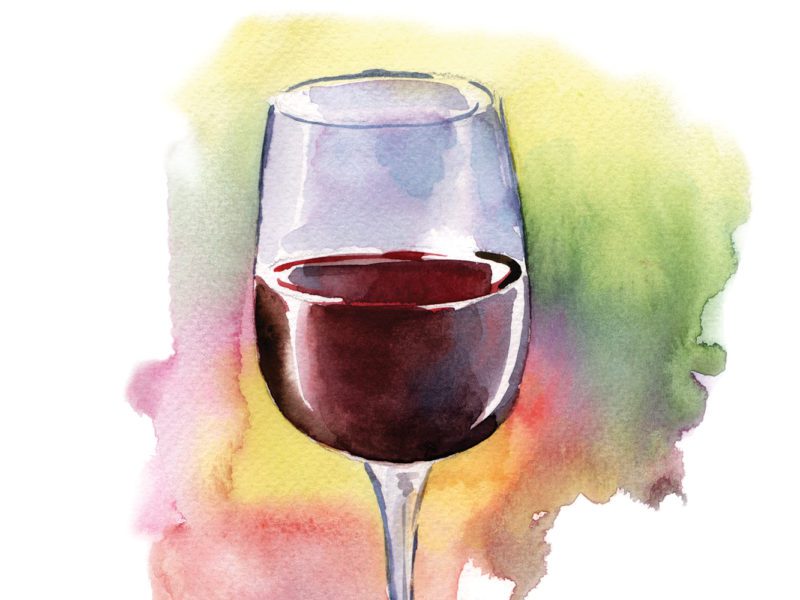
by Gary Twining
As you investigate fine wines, it may surprise you to discover that many vary in style and flavor from vintage to vintage. While there are some wines that depend on blending for consistent flavor from release to release, many fine-wine lovers treasure changes in flavor, and anticipate the challenge of figuring out when each particular bottle is at its ultimate drinkability.
One of the most well-known blended wines is Champagne. Produced in a cool, capricious climate, where three out of ten years yield high-quality vintages, a certain amount of wine from the best vintages is held back to blend with lesser vintages. Some sparklers are vintage dated, and reflect the weather of that year. Champagne Non-Vintage (perhaps better known as “Multi-Vintage”) releases are blended for consistency, so the consumer who likes a specific brand knows exactly what flavor profile to expect.
In Porto, Portugal, younger wines are blended with older wines aging in cask, to refresh and maintain fruitiness, while the younger wines gain maturity. Sherry and Montilla are fractionally blended. Only a certain amount of wine is drawn from the oldest cask for bottling, and the next youngest wine is used to replace it. This blending continues throughout the rows of casks – each usually one year apart from the next closest row – and the different wines gain characteristics from each other.
Consistency is important for wines from the largest brands that might serve global markets. A ten-dollar Chardonnay or Cabernet is more of a commodity beverage, with a target audience that expects consistency rather than fluctuations in flavor profiles.
Peter Sichel, creator of the Blue Nun wine brand, once said, “The character of a wine is determined by its terroir, its personality by the vintage, but quality is due to man.” Most premium wines are unique due to their vintage personality, and connoisseurs savor these differences, which explains the interest in “vertical tastings” which compare one producer’s specific wine, from several different vintages. It is a testament to the winemakers that allow the uniqueness of aromas and flavors to predominate.
It has to be said that all wines are blends to some degree. Grape varietals, oak and inert aging regimes, vineyard sources, yeasts used for fermentations, malolactic conversion (that creates the buttery taste in wine) encouraged or blocked, all play a role in how a wine will taste. Picking times and even the side of the vine the fruit hangs on can affect the fruit ripeness and taste. Yet, hand-crafted wines are still a solid reflection of the year’s weather and are not like soft drinks or coffee; they reflect the character of the vintage.
Think of Bourbon. Woodford Reserve is a very complete example, a blend of different barrels that have been through various parts of the rickhouse and are combined for a particular flavor profile and consistency. Blanton’s bottles a single barrel at a time, each barrel having slightly different aromas and flavors. Both are marvelous Bourbons, but quite different in both intent and style.
Finer wines usually have higher levels of extract and need time to come into balance. Contrast this style of wine with those blended for consistency, that are ready-to-drink on release, satisfying and complete, but without the potential of great development and flavor uniqueness.
Uniqueness is often desirable. However, most fine winemakers have established parameters for analytics for their products. Ohio winemaker Tony Kosicek states, “I try to come close to our numbers that define successful wine styles, to ensure customers consistently enjoy our products.”
There are different wine styles for lovers of vintage-to-vintage consistency, and for those that appreciate uniqueness. Such is the beauty of wine.

